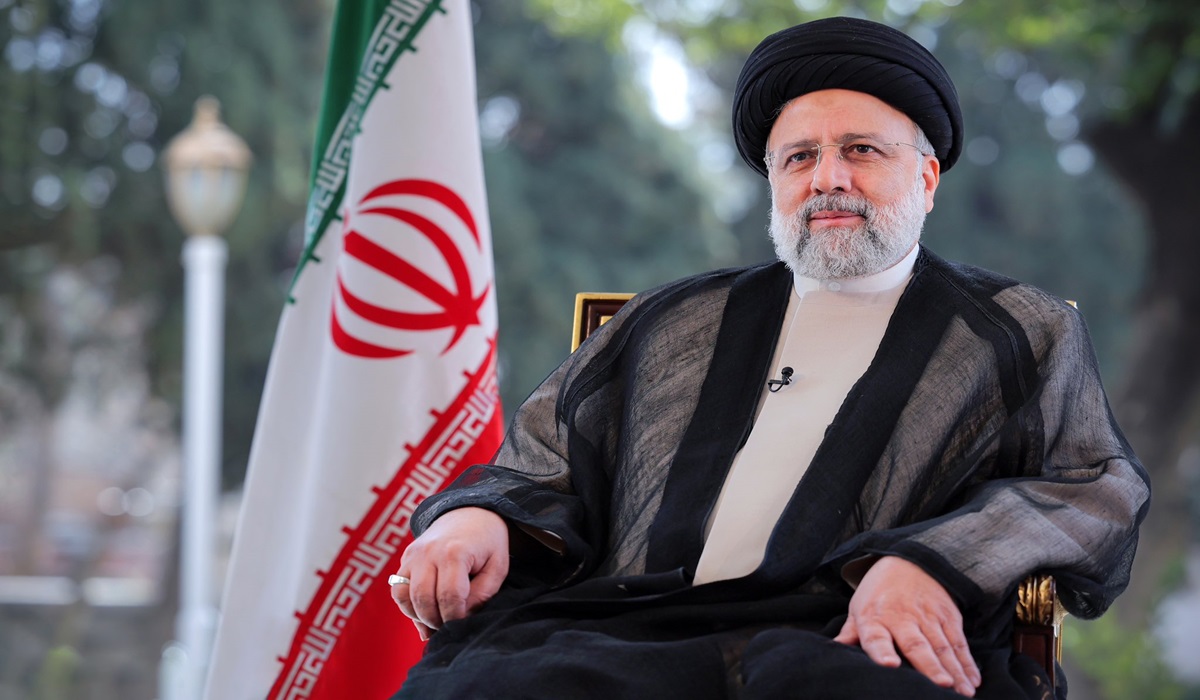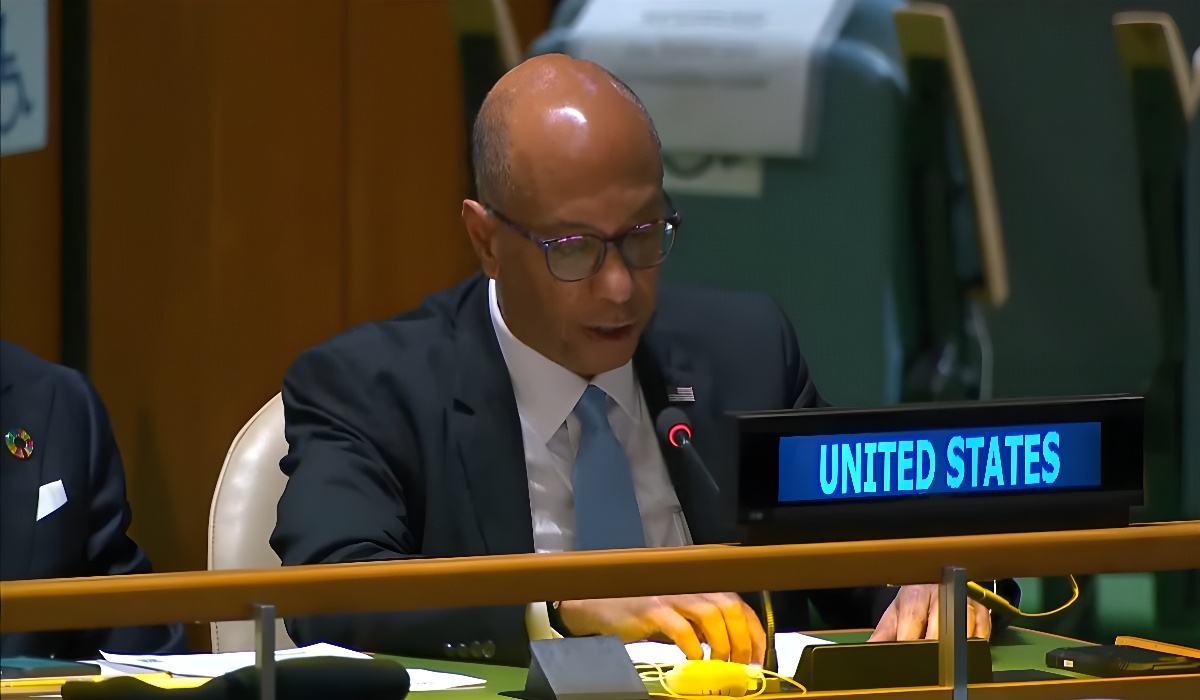In the realm of influence, even the softest murmur can wield tremendous power, altering the trajectory of nations and dismantling established regimes. Discreetly shared information, when skillfully placed, sets off a chain reaction that reverberates through societies. As we aim to unravel the potency of these carefully positioned narratives, exploring their impact on cultures, lives, and political structures. By examining historical instances where covert information dissemination has been pivotal, we will shed light on the intricate dynamics between clandestine sources, government agencies, and media manipulation. Moreover, we will explore the implications of this phenomenon on democratic processes, echoing the words of Noam Chomsky, who astutely observed the potential of such tactics as manufactured consent.
The Art of Discreet Information Placement:
Discreet information dissemination relies heavily on well-connected networks that involve trusted insiders and intermediaries proficient in transmitting information to their intended recipients. These networks form the backbone of covert narratives, ensuring that carefully crafted information effectively reaches its target audience. The success of these narratives hinges on their ability to resonate with specific media outlets. Journalists and media sources, acting as conduits, play a crucial role in amplifying and disseminating strategically crafted information. However, it is important to recognize that their involvement may be influenced by personal agendas or vested interests, potentially shaping the narrative in a particular direction.
In today’s digital age, social media has become a potent platform for discreet influence. Its rapid and widespread information dissemination capabilities and manipulative potential have transformed social media into fertile ground for the propagation of covert narratives. Through carefully orchestrated campaigns, covert actors exploit the dynamics of social media to manipulate public opinion, shape narratives, and influence the thoughts and behaviours of individuals. This manipulation occurs by strategically deploying tailored content, leveraging algorithms, and creating echo chambers to amplify the impact of covert narratives.
The convergence of discreet networks, strategic media placement, and social media influence has reshaped the landscape of information dissemination. The interconnectedness between these elements creates a powerful ecosystem where covert narratives can thrive and exert significant influence. Recognizing the potential implications of such covert information dissemination is essential, as it can shape public opinion, influence cultural narratives, and even impact political outcomes. As individuals and societies navigate this complex information environment, it becomes imperative to approach information critically, verify sources, and remain vigilant in distinguishing between authentic narratives and strategically crafted covert messages.
Undermining Cultures and Lives:
Covert narratives possess a subtle yet potent ability to undermine cultural traditions and belief systems, gradually eroding the very fabric of societies. These narratives sow seeds of discord by specifically targeting aspects of culture or promoting divisive ideas, ultimately dismantling entire cultural systems. The subversive nature of these narratives lies in their ability to subtly chip away at the foundations of shared values and norms, gradually eroding the cohesion and unity within communities.
In addition to their impact on cultures, strategically crafted covert narratives can devastate individual lives. By tarnishing the reputations of public figures, political opponents, or activists, these narratives aim to destroy their credibility and effectiveness. The destruction of a person’s reputation can have far-reaching implications, leaving them marginalized, isolated, and unable to bring about meaningful change. The deliberate targeting of individuals through covert narratives demonstrates the potential for weaponizing information, causing irreparable harm to the lives of those in the crosshairs.
Beyond the individual and cultural level, covert narratives can also be deployed as powerful tools of psychological warfare. Through the subtle dissemination of disinformation, these narratives manipulate public opinion, exacerbate existing tensions, and sow the seeds of community fear, mistrust, and paranoia. The deliberate manipulation of emotions and the creation of an atmosphere of uncertainty and anxiety serve to divide further and weaken societies. In extreme cases, the impact of such covert narratives can escalate to inciting violence, perpetuating social unrest, and destabilizing entire communities.
The insidious nature of covert narratives lies in their ability to undermine cultural integrity, destroy lives, and disrupt social harmony. By targeting specific cultural aspects, discrediting individuals, and manipulating public opinion, these narratives pose a significant threat to the stability and well-being of societies. Recognizing and mitigating the impact of covert narratives requires a vigilant and critical approach to information consumption and a commitment to fostering open dialogue, transparency, and resilience against divisive tactics.
III. Covert Narratives and Regime Change:
Throughout history, discreetly positioned narratives have played a pivotal role in igniting revolutions and toppling regimes. From the French Revolution to the Arab Spring, covert narratives have fueled dissent, mobilized the masses, and catalyzed transformative political shifts. These narratives strategically disseminate information that galvanizes individuals and communities, sparking movements that challenge oppressive systems and demand change.
Governments and intelligence agencies have long recognized the power of covert narratives in pursuing geopolitical objectives. These entities have leveraged the potency of these narratives to destabilize rival regimes or manipulate their populations. Through carefully disseminating false information, constructing fictitious narratives, and exploiting existing social divisions, covert campaigns seek to undermine stability, foment internal dissent, and pave the way for political transformations that align with their interests.
Media outlets, intentionally or unknowingly, play a crucial role in facilitating regime change by amplifying covert narratives and shaping public opinion. Selective reporting, sensationalism, and the propagation of rumours contribute to the manufacturing of consent, creating an environment conducive to the desired political outcomes. By shaping the narrative and controlling the flow of information, media sources become powerful actors in influencing the direction of societal and political change.
Noam Chomsky’s astute observation of media manipulation’s role in manufacturing consent finds resonance in the context of covert narratives. When strategically disseminated through media sources, discreetly positioned information becomes a potent weapon in suppressing dissent, consolidating power, and shaping public opinion. By controlling the narrative and shaping the public discourse, those in positions of influence can manipulate the perception of reality, obscuring truth and silencing alternative voices.
The proliferation of covert narratives and media manipulation poses a significant threat to democratic values. As covert narratives become the primary source of information, the erosion of transparency, accountability, and informed decision-making occurs. The distortion of truth and the manipulation of narratives hinder citizens’ ability to actively participate in the democratic process, as they are deprived of accurate information necessary for making informed choices.
Furthermore, covert narratives can exert substantial influence over electoral outcomes. By tarnishing candidates’ reputations, spreading disinformation, and manipulating public perception, covert campaigns erode the integrity of democratic systems. The result can be the election of leaders who do not genuinely represent the people’s will, as covert narratives shape and manipulate the collective understanding of candidates and issues at stake.
A carefully crafted whisper, in the right hands and amplified through media outlets, possesses the potential to become a formidable weapon capable of causing mass destruction. The calculated dissemination of information, strategically whispered, can sow seeds of chaos, division, and upheaval within societies. By targeting the vulnerabilities and fears of the masses, these whispers gain traction, influencing public opinion and catalyzing destructive actions that reverberate through communities.
Whispers fester in the background and play out in real time due to their inherently covert nature. Operating outside overt discourse, these subtle narratives thrive on secrecy and the power of suggestion. The very act of whispering implies exclusivity, enticing individuals with the allure of privileged information. This secretive nature amplifies curiosity, spreads intrigue, and fuels a desire to uncover hidden truths. As whispers gradually permeate social circles, they gain momentum, seeping into public consciousness and ultimately shaping collective perceptions and behaviours. The covert nature of whispers allows them to evade scrutiny, spreading like a hidden wildfire and manifesting their destructive potential before their true intentions are fully realized.









